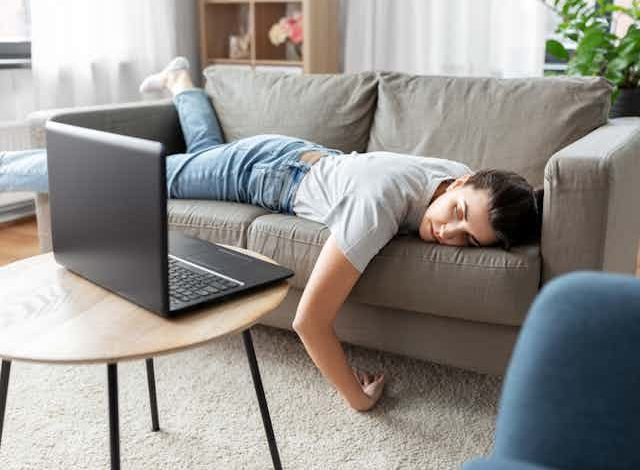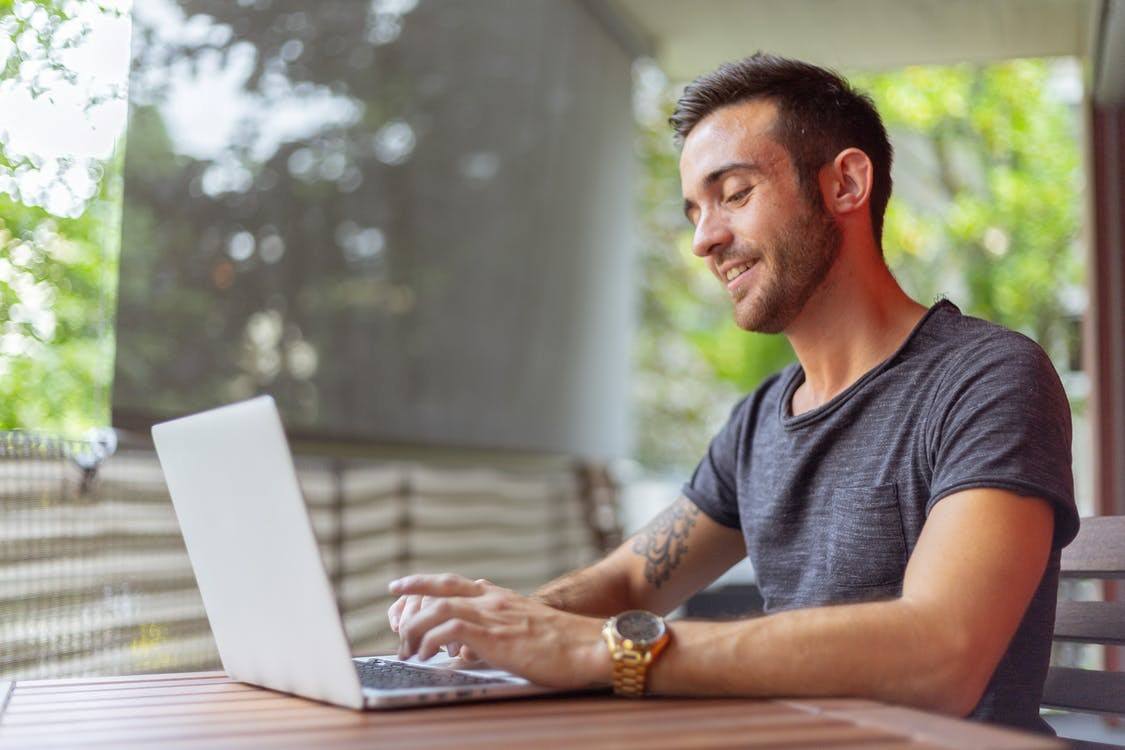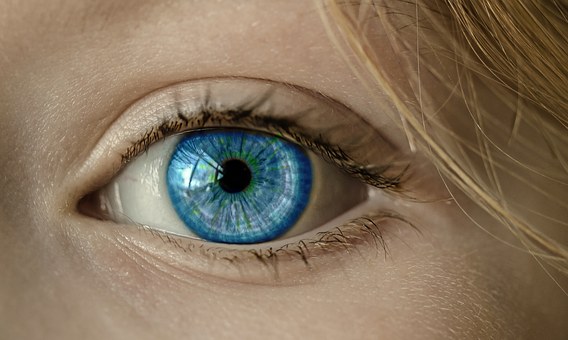
You’re Not Lazy — You Might Be Low on Vitamin D
Why Vitamin D Matters (More Than We Think)
Vitamin D isn’t just about bones and sunlight.
It acts like a hormone in your body — regulating:
Energy levels
Immunity
Mood and mental clarity
Muscle function
Sleep quality
Inflammation and pain levels
When you’re deficient, it’s not just a blood level that drops — your entire system slows down.
What Low Vitamin D Feels Like (Real Symptoms)
You might not even realize it’s deficiency at first, because the symptoms are silent and easily misdiagnosed as “laziness” or “depression.”
Common signs include:
Constant fatigue, even after sleeping well
Body aches or muscle pain
Feeling low, unmotivated, or anxious
Frequent colds or low immunity
Brain fog, forgetfulness, low concentration
Weakness in arms or legs
Back pain or joint stiffness
Sleep troubles
Sound familiar? It’s not in your head. It’s in your cells.
Who’s Most at Risk?
People who spend most of the day indoors (students, office workers)
Women (especially those who wear covered clothing outdoors)
People with darker skin (we absorb less vitamin D from the sun)
Anyone who uses sunscreen every time they step out
People who eat little dairy, eggs, or fish
People living in polluted or urban environments
In India and many other countries, up to 70–90% of people are deficient — and don’t even know it.
But I Go Outside Sometimes — Isn’t That Enough?
Sadly, no.
Even in sunny countries, most of us:
Step out during early morning or late evening (when sunlight is weak)
Sit behind glass windows (UVB doesn’t penetrate glass)
Wear sunscreen (which blocks vitamin D synthesis)
Cover our skin with layers of clothing
To make enough vitamin D, you need direct sun exposure on your skin — around 20–30 minutes a day, without sunscreen, between 10am–2pm.
What You Can Do (Gently, Slowly, Kindly)
1. Get Tested
If you’re feeling low for weeks or months with no clear reason — just get a simple blood test.
Ask for 25(OH)D or Vitamin D3 test.
Even if you don’t feel sick, testing gives you clarity.
It’s better than guessing or blaming yourself.
2. Start Small: Safe Sunlight
Try sitting or walking in the sun between 10 am to 12 pm for 15–20 minutes
Let your arms, legs, or face be exposed — without sunscreen for that short time
Even just standing near sunlight indoors won’t work — your skin needs direct contact
It’s not about tanning. It’s about healing.
3. Eat Vitamin D-Rich Foods
While sunlight is the main source, you can support your body through food:
Egg yolks
Full-fat milk and curd
Ghee and butter
Mushrooms exposed to sunlight
Fatty fish (like sardines, salmon, mackerel)
Fortified foods (check milk or cereal labels)
Pro tip: Vitamin D needs healthy fat to be absorbed — so don’t skip ghee or oil.
4. Supplements Can Help — Don’t Fear Them
If your levels are very low, your doctor may recommend weekly or monthly vitamin D supplements (like D3 sachets or tablets).
These are safe, affordable, and life-changing when used properly.
Final Words: Be Gentle with Yourself
This culture glorifies pushing through. But real strength is knowing when to pause.
You don’t need to hustle harder.
You need to heal smarter.
So, the next time you feel like you’re “not doing enough,” ask yourself:
Did I sleep enough?
Did I eat enough?
Did I go outside today?
Did I give myself sunlight, not just screen light?
Because sometimes, the most powerful thing you can do is step into the sun and let your body remember it deserves to feel alive again.










